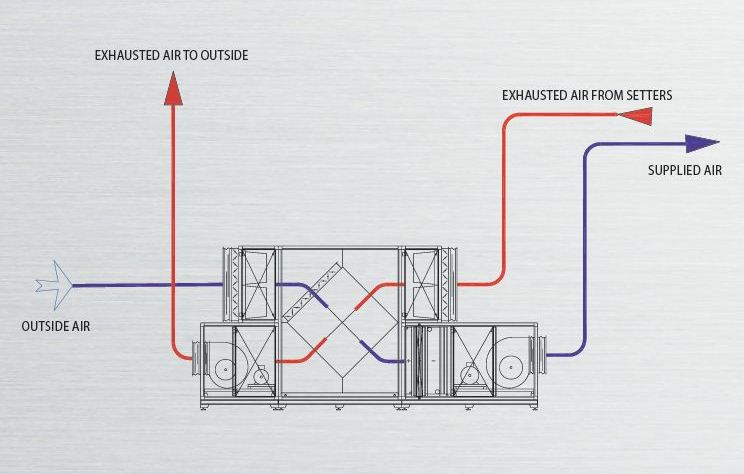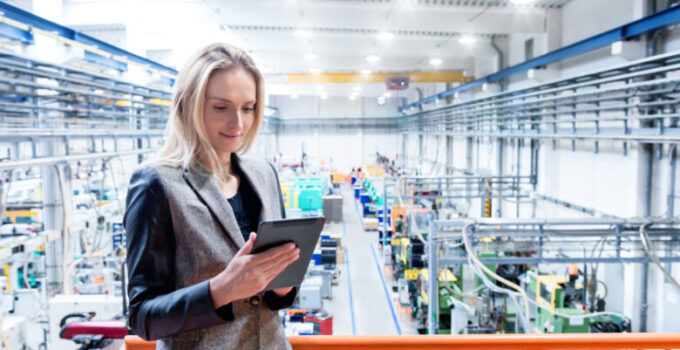Technology is slowly being implemented into all aspects of life, and the same can be said about HVAC systems (heating, venting, and air conditioning).
Modern IT doesn’t apply only to personal computers through the use of software, but rather on virtually any system in the world that can draw feedback. It is precisely why heat recovery systems
What is Heat Recovery?
Heat recovery refers to the simple, yet highly complicated process, of reclaiming a portion of the energy used by HVAC systems, which otherwise ends up dissipating in the form of waste heat. Heat recovery helps you use all of the so-called “waste heat” into various other applications and processes that will make your business or home more heat-effective. It is a simple process of channeling a portion of this energy and redirecting it for other uses. The best thing about heat recovery is that it can be used to preserve both heating and cooling.
Out of all the processes your business uses, these are the ones that waste heat the most.

Img source: petersime.com
- Combustion Exhaust
- Boiler Process Off-Gasses
- Cooling Water
- Conductive, convective, and radiative losses from various types of equipment
- Conductive, convective, and radiative losses from various types of heated products
Advantages of Using Heat Recovery Systems
According to Exodraft, interest is growing around the world for the use of innovative technologies that would put an end to greenhouse emissions and reduce the cost of energy. Heat recovery systems have several advantages that prove to be a cost-effective method of avoiding wasting heat. Some of the biggest advantages include:
· Reduction of Energy Costs
Each heat recovery system recovers waste heat and directly replaces it with otherwise “purchased energy”, which ultimately reduces energy costs.
· Reduction of Capital Equipment
Each time we reuse heat through heat recovery systems, we are effectively reducing the use of smaller energy conversion equipment which is proven to be expensive due to their fuel consumption.

Img source: gea.com
· Reduction in Operational Costs
Apart from reducing the energy costs, heat recovery systems reduce your overall operating costs.
· Reduction in Environmental Impact
These systems are proven to reduce carbon emissions which ultimately play well on the environment itself, the air, and the water.
Heat Recovery Systems and the use of Modern IT
Heat recovery systems and the use of Modern IT comes in the form of remote monitoring that effectively monitors these systems whenever installed and used. Modern IT plays a huge role in heat recovery systems as it allows you to monitor energy savings in real-time on a designated platform. This platform gathers data which is then analyzed and optimized into determining the best operating option for your heat recovery system. Software such as this allows you simple user interface that makes it super easy to navigate and find the items you’re looking to view or edit. Another feature of this software is the ability to track irregularities through the constant flow of monitoring heat exchangers. Some software can display your total daily output in MWh, monitor water temperatures in and out of exchangers, chimney draught pressure, current performance in kW, and host of other things.




